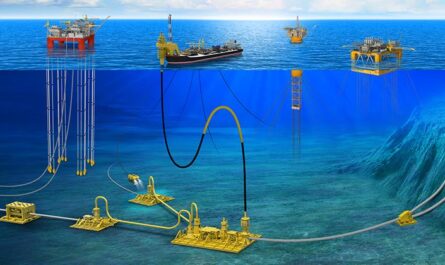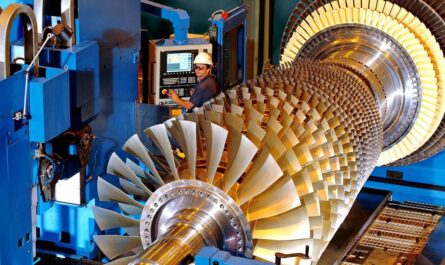Hydroponics is the technique of growing plants without soil by using mineral nutrient solutions in an aqueous solvent. As traditional soil-based agriculture faces increasing challenges due to factors like limited land availability, water shortages, and poor soil quality, hydroponics is emerging as a viable solution for sustainable food production. This soil-less method of cultivation has gained popularity in recent years due to its many advantages over traditional farming.
What is Hydroponics?
Hydroponics is essentially soil-less cultivation. Instead of soil, hydroponic systems use mineral nutrient solutions to feed plants. The solutions are carefully monitored and adjusted to provide plants with precisely what they need to thrive—the right mixture of nutrients, oxygen, and pH balance. Plants are usually grown in an inert medium like gravel, sand, or coconut coir to keep them upright and provide support while their roots are constantly bathed in nutrient-rich water. Advanced hydroponic systems employ techniques like deep water culture, ebb and flow systems, drip systems, and aeroponics to precisely control nutrient delivery to plants.
Benefits of Hydroponics
Higher Yields – Hydroponic farms are much more productive than traditional farms as plant growth is maximized. Yields are usually 2-5 times higher per unit of land area when compared to soil-based farms.
Increased Food Security – Hydroponics allows food to be grown year-round in all seasons. This increases total yields and ensures a regular supply of fresh food even during off-seasons. Many parts of the world facing declining agricultural productivity and food insecurity can benefit.
Conserves Resources – Hydroponics is much more water efficient as there is no water wastage. About 95% of the water supplied is absorbed by plants compared to only 30-40% in soil-based systems. It also reduces land requirements dramatically as multi-level vertical production is possible.
Controls Pests and Diseases – Growing plants hydroponically in controlled environments significantly reduces exposure to pests and diseases, eliminating the need for pesticides and resulting in cleaner produce. Nutrient solutions can also be easily sterilized.
Improves Food Quality – Hydroponic cultivation ensures ideal nutrient supply, lighting, temperature, etc. optimized for each crop. This boosts the quality, taste, texture, nutritional value and shelf-life of produce. Nutrient deficiencies are not an issue.
Adaptable Technology – Hydroponic greenhouses can be set up virtually anywhere – from urban spaces and rooftops with minimal land to remote areas with challenging climates and soil conditions. Only a reliable supply of water and electricity is required.
Popular Hydroponic Crops and Systems
Some of the most commonly grown crops through hydroponics include:
– Lettuce – Its short maturity period of 3-4 weeks makes lettuce one of the most popular hydroponic crops worldwide. The butterhead and looseleaf varieties do especially well.
– Tomatoes – Hydroponically grown tomatoes are sweeter and more flavorful. Cherry, grape and beefsteak tomatoes are favorites. Drip systems and Dutch buckets are used.
– Cucumbers – Both slicing and pickling cucumbers thrive hydroponically year-round. Ebb and flow benches are suitable for their vines.
– Peppers – Bell peppers, jalapenos, serranos adapt well to deep water culture and nutrient film techniques (NFT).
– Herbs – BASIL, parsley, dill, oregano have a fast turnaround. Their cut-and-come-again nature lends to hydroponics.
Some common commercial hydroponic systems used are:
– Nutrient Film Technique (NFT)
– Deep Water Culture (DWC)
– Wick Systems
– Ebb and Flow/Flood and Drain Systems
– Drip Systems
– Aeroponics
Each system has its own merits and suits certain crops better than others depending on their root structure and growth habits. NFT and DWC are most popular for leafy greens while tomatoes and cucumbers thrive with drip or ebb and flow.
Challenges and the Road Ahead
While hydroponics overcomes many limitations of traditional farming, high initial investment costs for greenhouse infrastructure, equipment, and energy expenditure remain challenges, especially for small and resource-poor farmers. Lack of technical know-how and skilled labor is another hurdle in developing countries. Biosecurity risks and reliance on technology are other concerns that need addressing.
However, with sustainable agriculture gaining global importance, support is growing for hydroponics research and extension. Falling equipment prices and do-it-yourself tutorials are making the technology more accessible too. As climate change impacts intensify traditional agriculture, hydroponics seems poised to play a key role in feeding the world’s growing population – allowing people to “farm without farms”. With continued innovation, this environment-friendly future of farming is likely to take off in the coming decades.
In summary, though still developing, hydroponics holds immense untapped potential to revolutionize sustainable food production worldwide. More investment in research, skills-training, and decentralized community farms can help realize its full benefits for global food and nutrition security. Hydroponics represents a ray of hope for agriculture in challenging times.
*Note:
1. Source: Coherent Market Insights, Public sources, Desk research
2. We have leveraged AI tools to mine information and compile it




